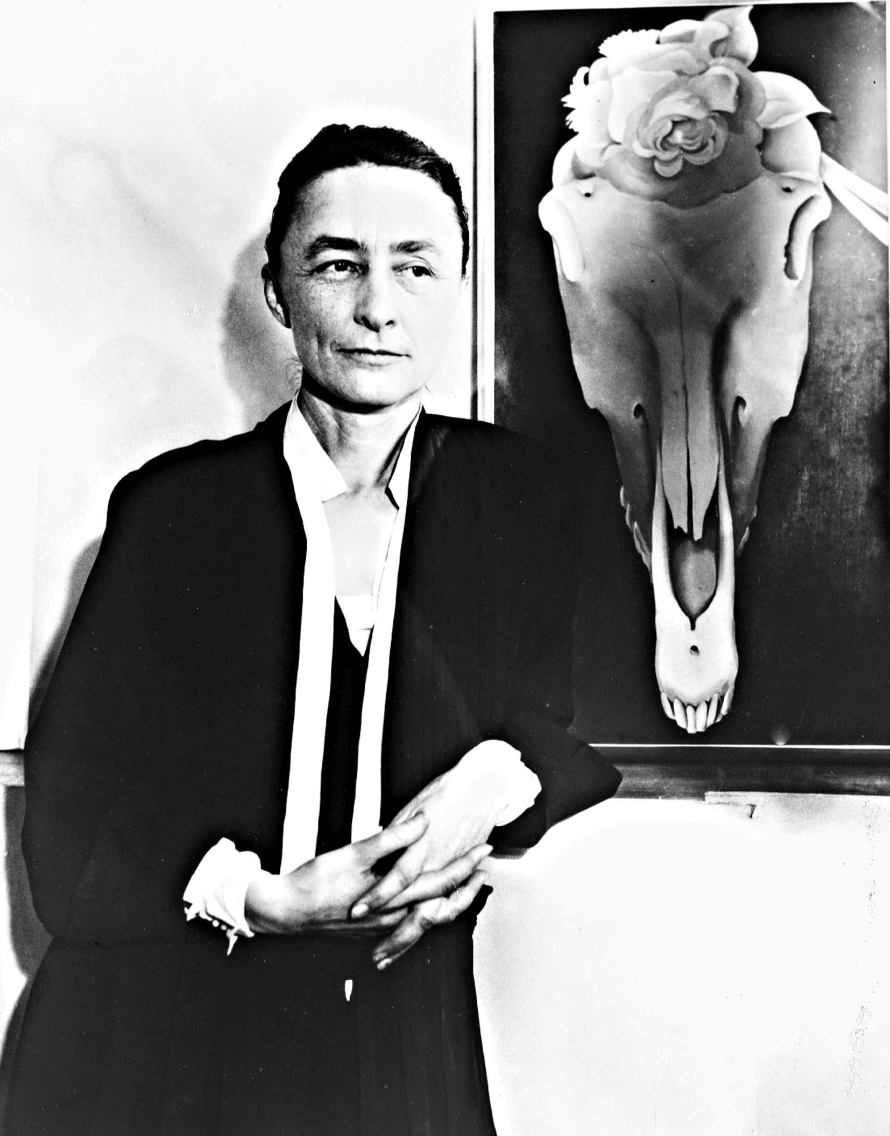
Salvador Dalí
Spanish surrealist Salvador Dalí’s commercially minded approach to art, lifelong interest in costume, and mission to subvert social norms led him to become hugely influential in the world of fashion. With the ideological mission of always creating something truly new, Dalí, through his many partnerships with designers such as Coco Chanel, Christian Dior, and Italian haute couture designer Elsa Schiaparelli, altered the course of both art and fashion in the 20th Century.
Schiaparelli and Dalí collaborated several times, producing some of the most iconic and scandalous wearable pieces of the era. Perhaps the most talked-about was their Lobster Dress from 1937, worn famously by Wallis Simpson the Duchess of Windsor. The large lobster, a motif made famous a year earlier by Dalí’s Lobster Telephone sculpture, strewn amidst sprigs of parsley on white organdy was considered scandalous at the time due to its perceived erotic connotations. What was intended to be a two-page feature in Vogue became a seven-page spread, and an international sensation. The only thing missing was the mayonnaise that Schiaparelli refused to allow Dalí to add to the dress…

Georgia O’Keeffe
Dubbed “the mother of American modernism”, Georgia O’Keeffe’s artistic output was not limited to her canvases. While her paintings of enlarged, velvety flowers, New York skyscrapers and Southwestern landscapes place her amongst the most significant artists of the 20th Century, her sartorial contribution to modernism was monumental. O’Keeffe’s image helped her express her modernity as much as her art did. As a young woman she rejected the standard feminine fashions for middle-upper class American women in the 1920s, instead opting for simple loose shapes, natural fabrics and a restricted colour palette sans decoration or accessories.
Though her style was consistent throughout her life, she did introduce subtle alterations when she moved to New Mexico after her husband Alfred Stieglitz’s death in 1946. Seemingly in response to the unique topography of the vast, harsh Southwest, O’Keeffe began to wear colours found in the landscape, introduced denim, and adopted her signature wide-brimmed vaquero hat. Her elegant, austere, and practical approach to life permeated every aspect of her surrounds – from the simple way she wore her hair to the sparse modern interiors she lived in.
Never swayed by the ephemeral elements of fashion, O’Keeffe’s individualistic style was strong, recognisable, and enduring. Countless designers have referenced her monastic simplicity, for example Valentino’s Spring 2012 collection, or her favourite motifs such as the steer skull, which featured heavily in Gareth Pugh’s Spring 2015 collection.

Sonia Delaunay
Ukrainian-born French artist and fashion designer Sonia Delaunay was one of the founders of the art movement Orphism, noted for its strong colours, geometric shapes, and use of pure abstraction in painting. When her properties in St Petersburg were seized during the Russian Revolution in 1917, Sonia began to design geometric textiles using the same approach to colour theory she used in her paintings to generate income. She designed costumes for the Ballets Russes’ Cleopatre and attracted wealthy clientele with her upmarket brand ‘Sonia’ such as American actress, producer, and businesswoman Gloria Swanson for whom she designed iconic pieces.
Her designs were a celebration of liberation and a radical exploration of contrasting colour, taking in to account the practical requirements of dress for modern women who worked, danced, and played sport. For four decades she designed fabrics for Amsterdam luxury store Metz and Co.
and for Liberty. Meanwhile, she championed mass and machine production, as in her mind they would democratise fashion and raise standards.
So influential were her designs that we still see hints of
her work permeating the world of fashion today in the work of brands such as Prada, Céline, Hermés, and Valentino.
Her artworks are found in institutions around the world including the Tate, Centre Pompidou, and the Metropolitan Museum of Art.
Marcella Fox / Sydney Manager
Banner Image (detail): Duchess of Windsor, Wallis Simpson, wearing the ‘Lobster Dress’, circa late 1930s. /Alamy
March 2022
